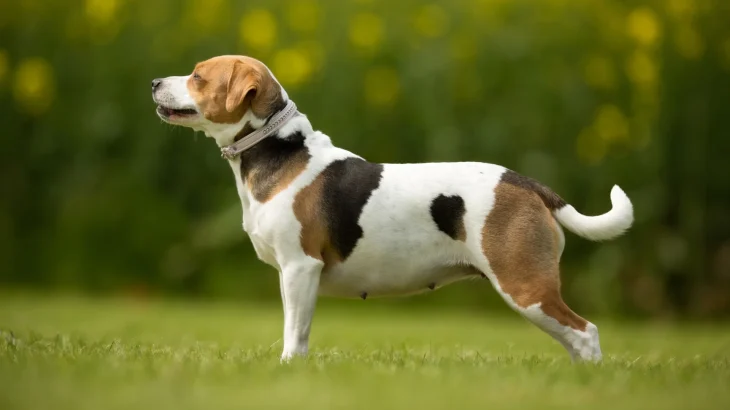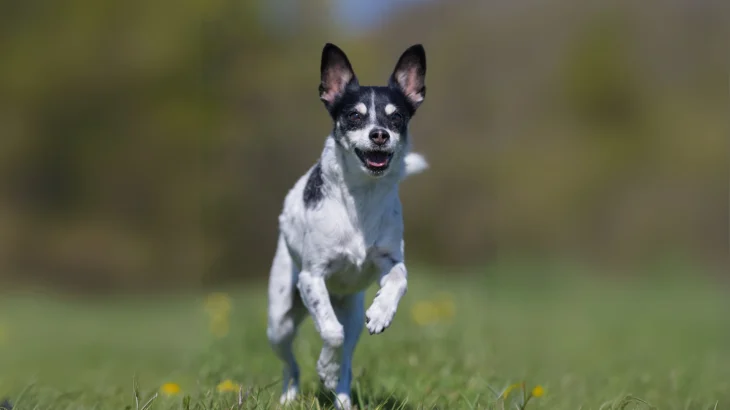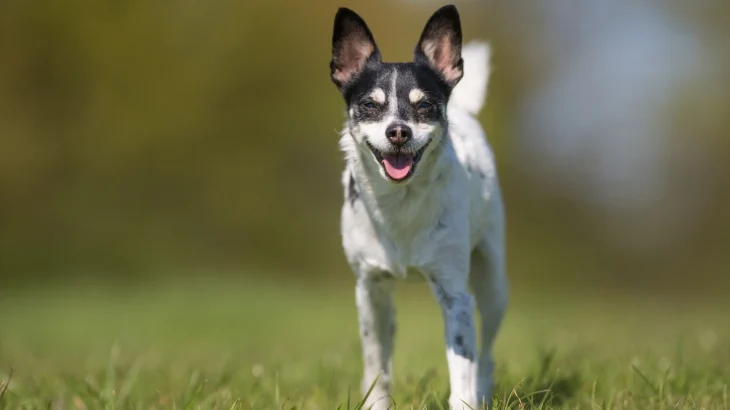When deciding to bring a Danish-Swedish Farmdog puppy into your home, one key choice is whether to purchase from a breeder or adopt from a shelter or rescue. Buying from a breeder generally offers clearer insights into the puppy's health and lineage, while adopting allows you to provide a loving home to a dog who might otherwise struggle to find one. Both options have unique benefits that align with different priorities and circumstances.
| Criteria | Buying from Breeder | Adopting from Shelter/Rescue |
|---|---|---|
| Cost | Higher initial cost, typically between ₹15,000 - ₹35,000 for a purebred puppy. | Lower adoption fees, often including vaccinations and spay/neuter. |
| Health History | Detailed health records and screening for genetic conditions like Primary Lens Luxation and Chondrodystrophy. | Health history may be limited but basic health checks and necessary treatments are often provided. |
| Age Availability | Primarily puppies, allowing owners to raise from an early age. | Variety of ages, including adults, sometimes easier to assess temperament. |
| Temperament Insight | Breeders provide lineage-based info on typical traits. | Staff share observed behaviors, though full background may be unknown. |
| Supporting Practices | Supports responsible breeding, if breeder is ethical. | Supports animal welfare by providing homes and reducing shelter populations. |
| Breed Purity & Pedigree | Assured purebred status with pedigree docs. | Breed purity may be uncertain; docs may be limited or unavailable. |




















































